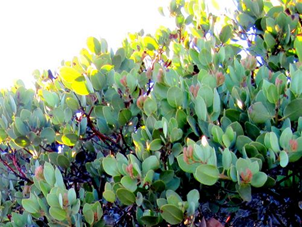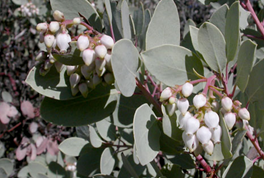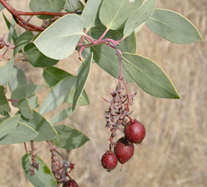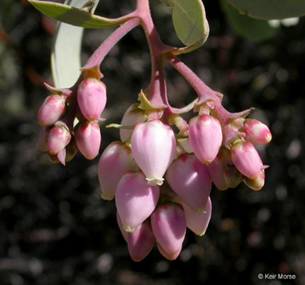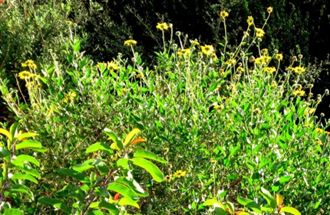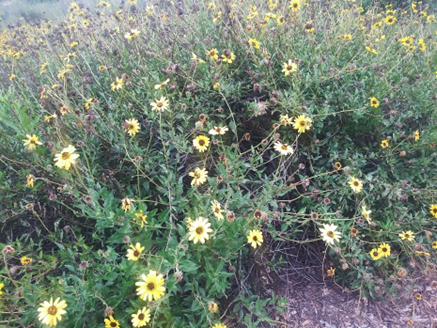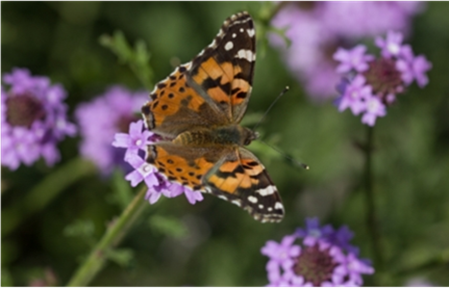GOING WILD WITH NATIVES: True Natives Verses Cultivars, Which Is Best?
- k-england
- Feb 1, 2024
- 5 min read
By Susan Lewitt, for Let’s Talk Plants! February 2024.

Reserve these dates in your calendar for a wonderful experience! Image from CNPS SD website.
True Natives Verses Cultivars, Which Is Best?
At first, we were so happy to have a “simple” way to help the environment: plant native plants. But then the cultivars started multiplying, and the choices became more difficult.
Were we even asking the right questions?
Fortunately, there is good research, and more is coming. …
Annie White advises, “Choosing a cultivar that’s as close to the native species as possible—in morphology, bloom time, and color—is going to increase the likelihood that it’s a comparable substitution. This means, of course, that we must begin by knowing the species’ characteristics, and how they’ve been altered in the cultivar.”
Native Species or Cultivars of Native Plants–Does it Matter? By Susan Martin/July 2020-Vol.6 No.7, PIEDMONT MASTER GARDENERS • SHARING KNOWLEDGE, EMPOWERING COMMUNITIES, https://piedmontmastergardeners.org/article/native-species-or-cultivars-of-native-plants-does-it-matter/
What is the difference between a straight native species and a cultivar?
A straight native species is defined as a naturally occurring plant that has been found in nature and has been there for a very long time. In the case of California, to be a native plant it should date back to at least the 1400s. Now for the explanation of a cultivar: According to one of CNPS’s members and professional native plant landscaper, Kay Stewart,
“A cultivar originates as a form of a species that is discovered growing somewhere. The form may be unusual in color, height, presence or absence of thorns or hairs, size of fruit, etc. It might be more vigorous or restrained, might even have properties that attract or repel insects. An unusual form of a plant that is discovered and propagated may eventually be given a cultivar name (Genus species 'cultivar name'). … Many cultivars have been discovered in nurseries that were growing a species from seed because of the genetic variability in seeds.”
(Kay Stewart was a USFS biological technician who became a registered landscape architect in California in 1989). These cultivars, also known as nativars (native cultivar) may be cloned in nurseries through the use of cuttings. This guaranties that the results will be unaltered from the originally discovered plant, but also limits genetic diversity. The botanical name of a straight native will include the genus and species, in italics and or underlined. A cultivar will have an additional part in 'quotes'.
There are reasons to fill in a native garden with cultivars alongside your straight native species, especially when the cultivars are more disease resistant. There are other traits such as lively flower colors; more compact forms; different leaf patterns and colors; and the ability to withstand colder weather. These traits may differ slightly or greatly between the cultivar and the straight species. Sometimes the straight native species is more readily available and other times you may find the cultivar more easily.
An example of a cultivar would be Austin Griffiths Manzanita, Arctostaphylos 'Austin Griffiths', which is similar to the straight native, Big Berry Manzanita, Arctostaphylos glauca. They both have reddish bark and pink flowers and will get very large, but Big Berry Manzanita can grow bigger than the cultivar and may also have white flowers. They both attract many pollinators including hummingbirds, and bees. Their berries are enjoyed by wildlife. Both can take full sun while the cultivar also can be in part shade. Both take a once-a-month summer watering and do well in medium draining soil, but the native can be in fast draining soil also. Big Berry Manzanita occurs naturally from San Francisco all the way south through Baja. Austin Griffiths is grown further north, even in Oregon. Native plants that do well with Big Berry Manzanita include California Juniper, Juniperus californica, Rabbitbrush, Ericameria nauseosa, California Buckwheat, Eriogonum fasciculatum, Coffeeberry, Frangula californica, Hollyleaf Redberry, Rhamnus ilicifolia, Big Sagebrush, Artemisia tridentata, Chamise, Adenostoma fasciculatum, Oak species, Quercus spp., and Sage species, Salvia spp. More nurseries carry the cultivar Austin Griffiths, than the straight species Big Berry Manzanita, but both are usually available at the CNPS fall plant sale.
Big Berry Manzanita leaves and reddish bark which is similar to the Austin Griffiths Manzanita (not shown) Photos courtesy of Calscape.
Flowers and berries of the Big Berry Manzanita. Photos by Keir Morse.
In the case of the straight species, Bush Sunflower, Encelia californica, and the cultivar, Eldorado Sunflower, Encelia californica 'El Dorado', the straight species is much more widely available in many nurseries, while the cultivar is only available in a few nurseries.
The reason might be that the cultivar may hybridize with brittlebush, Encelia farinosa, and therefore it is recommended on Calscape, that it should not be grown near that species if you are near any natural areas. Bush Sunflower (up to 5’ tall by 7’ wide) tends to get a bit bigger than the cultivar, El Dorado Sunflower (up to 4’ tall by 5’ wide) both with yellow flowers. Bush Sunflower has brown and purple in addition to yellow in its flowers. Both enjoy full sun tolerating a variety of soils and low moisture. Bush Sunflower may be watered once weekly during the summer and can also be partly shaded. They both support birds, bees and butterflies, while Bush Sunflower is also a host for caterpillars. Both do well growing alongside any of the following native plants: Ceanothus tomentosus, California Sagebrush, Sugar Sumac, Lemonade Sumac, Coyote Broom, Chaparral Mallow, Sagebrush, Artemisia, Black Sage, White Sage, Chamise, Coyote Brush, California Buckwheat, Sticky Monkeyflower, Woolly Bluecurls, Scrub Oaks, Toyon, Dudleya spp., Yucca spp., and various cactus species.

Bee visiting the Bush Sunflower. Photo courtesy of Calscape.
Left photo: Laural Sumac and Bush sunflower sharing a space. Photo courtesy of Calscape.
Right photo. Bush Sunflower in the wild. Photo by Susan Lewitt.
A third example is the straight native species, Lilac Verbena, Verbena lilacina, which may be compared to Cedros Island Verbena, Verbena lilacina 'De La Mina', a nursery cultivar that is currently not found in the wild. They are relatively small perennial shrubs with the Cedros Island Verbena reaching about 2’ tall by 3’ wide and Lilac Verbena outgrowing it by a foot in either direction. Their flowers are both purple, but Cedros Island Verbena’s flowers have lavender streaks. Full sun to part shade works for both. They both like soil with good drainage and need watering once monthly for Lilac Verbena and twice a month for Cedros Island Verbena during the summer once established. The fragrant flowers of both of these plants attract butterflies throughout the year. Both of these have been available at the CNPS fall plant sale.
Cedros Island Verbena. Left photo courtesy of Calscape, photographer not listed. Right photo shows a Painted Lady visiting a Cedros Island Verbena. Photo courtesy of the Theodore Payne Foundation.

One of three newly planted Lilac Verbenas in my own garden. Photo by Susan Lewitt.
I think that having straight species in one’s garden is a good choice to support biodiversity and prevent these plants from becoming endangered or going extinct, but cultivars also serve a purpose. If it supports native fauna including pollinators and is compatible with other native plant species it is also as good a choice as the straight native species. The best choices are the plants that occur naturally in your area. You can look up those plants on Calscape using your zip code.
California Native Plant Society’s Garden Tour tickets are currently available. Make sure you reserve the dates on your calendar of April 6 & 7. For more details, please look for the March edition of Going Wild with Natives or visit the CNPS website: https://www.cnpssd.org/


